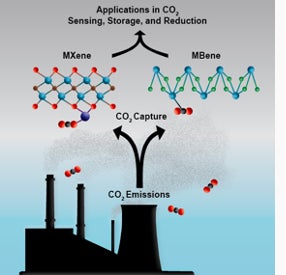
The E-fuel project of VTT and partners has developed a concept for producing electrofuel from green hydrogen and carbon dioxide using a combination of different methods. On Nov. 21, this paraffinic E-fuel was tested for the first time in Finland on a diesel-powered tractor at AGCO Power’s Linnavuori factory in Nokia. The new electrofuel is also suitable for vehicles that are difficult to electrify, and is therefore an important step in the development of sustainable fuel solutions.
Global climate goals require drastic changes in all aspects of life. Carbon capture and utilization are key to moving towards sustainable fuel solutions for transport...
Read More







Recent Comments